Inca Tech Claymore amplifier
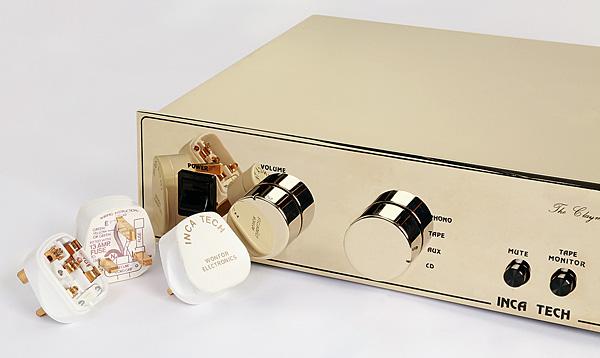
 Step back to the 1980s and this specialist British 'cottage industry' integrated amplifier was a force to be reckoned with. But how will it shape up today? Time to find out...
Step back to the 1980s and this specialist British 'cottage industry' integrated amplifier was a force to be reckoned with. But how will it shape up today? Time to find out...
Everyone old enough to remember, talks about the 1970s as the golden age of British hi-fi. That's certainly true in one respect, because what was a niche – often do-it-yourself hobby – went completely mainstream, to the point where the third most expensive consumer item, after a house and a car, was a stereo.
Yet the 1980s were important too, as this decade saw hi-fi transition from mainstream to specialist. In other words, it got serious and moved upmarket. At the same time, a number of small British hi-fi companies sprang up to provide music lovers with equipment that not only offered excellent sound quality but was relatively more affordable.
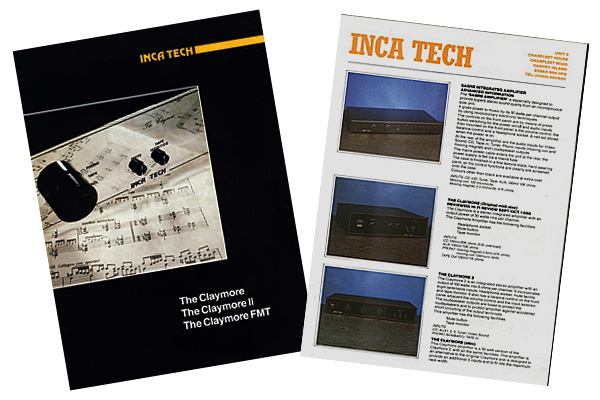
Chime With The Times
Inca Tech was one such company, launching the Claymore integrated amplifier at the tail end of 1979. Along with fellow Brits Nytech, Naim, Myst, NVA and Exposure, it was a small outfit making compact amplifiers that chimed with the times. Unlike the '70s, when big was beautiful, people now wanted seriously good sound for their 'Yuppie flats', and smaller products such as the Claymore delivered it. By the mid '80s, when this amplifier had reached maturity, with more features and better sound than the early versions, it was arguably superior to the now iconic Naim NAIT amp.
Even by this time though, Inca Tech was a minnow of a company. It was very much the passion of its founder Colin Wonfor – an outspoken and talented electronics engineer – who by his own admission had little interest in business or the corporate world. Born in Hornchurch, Essex to an electronics engineer father, the subject was in his blood. Colin became a radio fan, and built his own transmitter. This eventually came to the attention of staff at the Home Office, who visited him and confiscated it.
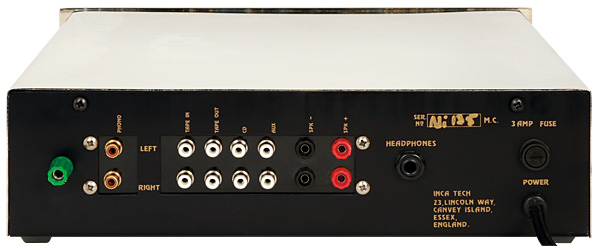
After leaving school he was soon working in the defence industry before moving on to a radio test department at Plessey. 'I earned so much in the first year that I bought a house,' he says. Then, around 1976, Colin started the company Music In The Home, building hi-fi amplifiers for the late Tom Fletcher – founder of Nottingham Analogue – and Dias turntables. He subsequently became involved with amp-maker Magnum, and after various shenanigans sold up and launched Inca Tech in 1979.
Design Matters
The original Claymore was built around an Hitachi MOSFET circuit, says Colin. 'Problem was, that sounded ghastly in its crudest form, but I used driver transistors normally purposed for CB radios that did 140MHz/15W quite happily, so were never stressed and kept the FETs under control without distorting at high frequencies.'
As with many low-volume specialist British hi-fi products of that time, a number of iterations of the amplifier were produced over the years – six in total. The first two were MM phono and line level only, then an MC phono stage was added. The first three versions had CMOS switches, after which mechanical switching was used. Colin moved to Toshiba MOSFETs around 1984, not only because the Hitachi devices had been discontinued but because he felt they were better designed and overall more reliable.
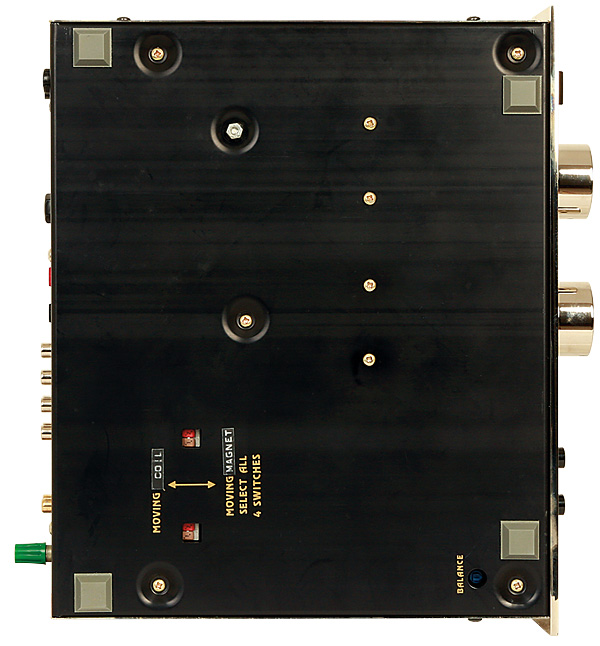
Although lacking the minimalist good looks of rivals such as the Myst TMA3 [HFN Nov '18] the amp still ticked many boxes, so to speak. For example, it was straightforward to use, physically compact, relatively affordable and quite powerful. It was a conventional Class AB design but with lots of tweaks to lift the sound quality, while its ability to drive the relatively inefficient loudspeakers of the 1980s to decent levels made it stand out.
One example of this was the attention paid to the mains power transformer. As per best practice then – and still now, to an extent – a high quality British-made toroidal transformer found its way into all versions. But it wasn't simply a case of fit and forget, because Colin would orient them in the chassis to get the lowest hum and noise pick-up. The transformers themselves were sourced from Airlink, but made to Inca Tech specifications. Importantly, the toroidal transformer was located directly onto the circuit board which was then suspended from the chassis. This didn't look particularly elegant, but it certainly reduced the levels of mechanical noise and magnetic radiation going through the case.
The Claymore was widely praised for having a good phono stage. The focus of this 'simple but effective RIAA stage', in Colin's words, was on the use of good components, such as precision resistors and polystyrene capacitors that were arranged on the circuit board for the lowest possible noise. Careful shielding and earthing is evident, while a transformer supplied extra gain for the MC stage.
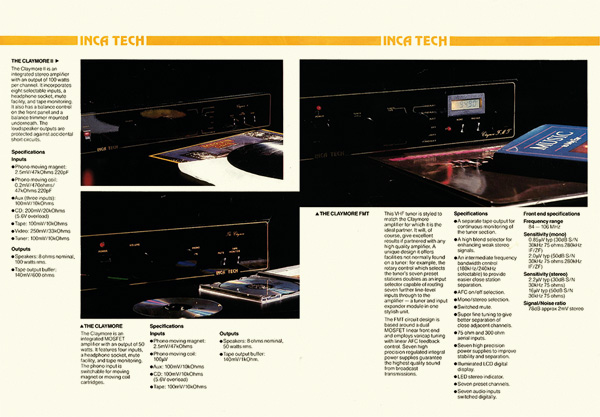
Gold Reserve
The closer you look the more you see this sort of concern for the design minutiae. For example, a special ALPS potentiometer was used for the volume control. 'It cost around £4, which was very expensive at the time,' remembers Colin. The chassis was made from aluminium to dissipate heat, while the casing lid was made of thick steel. The fascia, meanwhile, was anodised aluminium, and everything was then sprayed with high-quality gloss black paint. The solid aluminium knobs were both anodised and painted for durability.
Our review amplifier, which is finished in gold plate and one of only six samples rumoured to have been produced, is illustrative of the very earliest Hitachi MOSFET Claymores.
Living Together
If you're used to modern hi-fi then the Claymore feels impossibly antiquated, in both a good and a bad way. The nice thing is that – as some mature audiophiles will know – all you have to do is switch it on and listen. There's no tedious 'soft start' sequence, and it doesn't need to find a network. This amplifier is gloriously old-school, and all the better for it.


















































